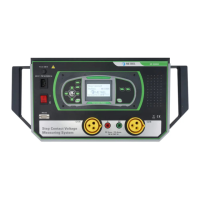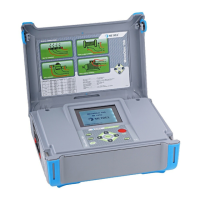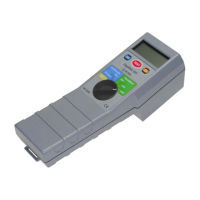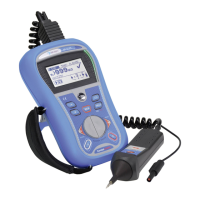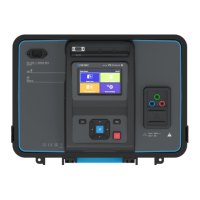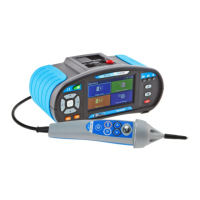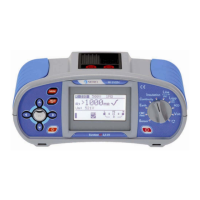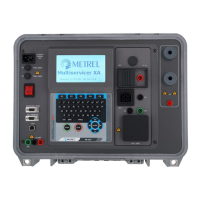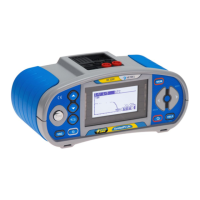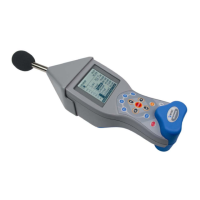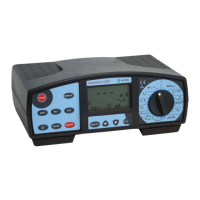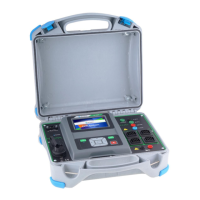
Do you have a question about the METREL MI 3290 and is the answer not in the manual?
| Continuity | Yes |
|---|---|
| Diode Test | Yes |
| Communication Interface | USB, Bluetooth |
| Operating Temperature | -10 °C to +50 °C |
| DC Voltage Range | 0 to 1000 V |
| AC Voltage Range | 0 to 1000 V |
| Display | Graphical LCD |
| Power Supply | Rechargeable battery |
| Battery Life | > 8 hours |
| Storage Temperature | -20 °C to +60°C |
| Safety Standards | IEC 61010-1 |
Lists the main functions and capabilities of the Earth Analyser instrument, including measurement types and display features.
Provides essential general warnings and important notes for safe and correct operation of the instrument.
Details the Li-ion battery type, charging characteristics, and indicators for battery status.
Lists the relevant European and international standards the instrument is manufactured and tested according to.
Details the layout and components of the instrument's main operating interface.
Lists all standard accessories included with the MI 3290 Earth Analyser.
Explains the function of each physical key on the instrument's keypad.
Details various methods for measuring earth impedance and resistance.
Explains the procedure for testing overhead grounding wire connections on pylons.
Lists technical specifications related to Earth impedance measurements.
Details technical specs for specific earth resistance using Wenner/Schlumberger methods.
Lists technical specifications for earth potential, step, and touch voltage measurements.
Provides technical specifications for impulse impedance measurements.
Lists technical specifications for DC resistance measurements (200mA and 7mA).
Details technical specifications for AC impedance measurements.
Explains how auxiliary electrode impedance affects measurement accuracy.
Discusses the impact of low test currents on clamp measurements.
Details how noise affects measurements and the instrument's rejection capabilities.
Explains repositioning the S probe for Selective Flex method accuracy.
Details the sub-procedure for balancing within the Selective Flex method.
Provides an example demonstrating the balancing procedure steps and parameters.
